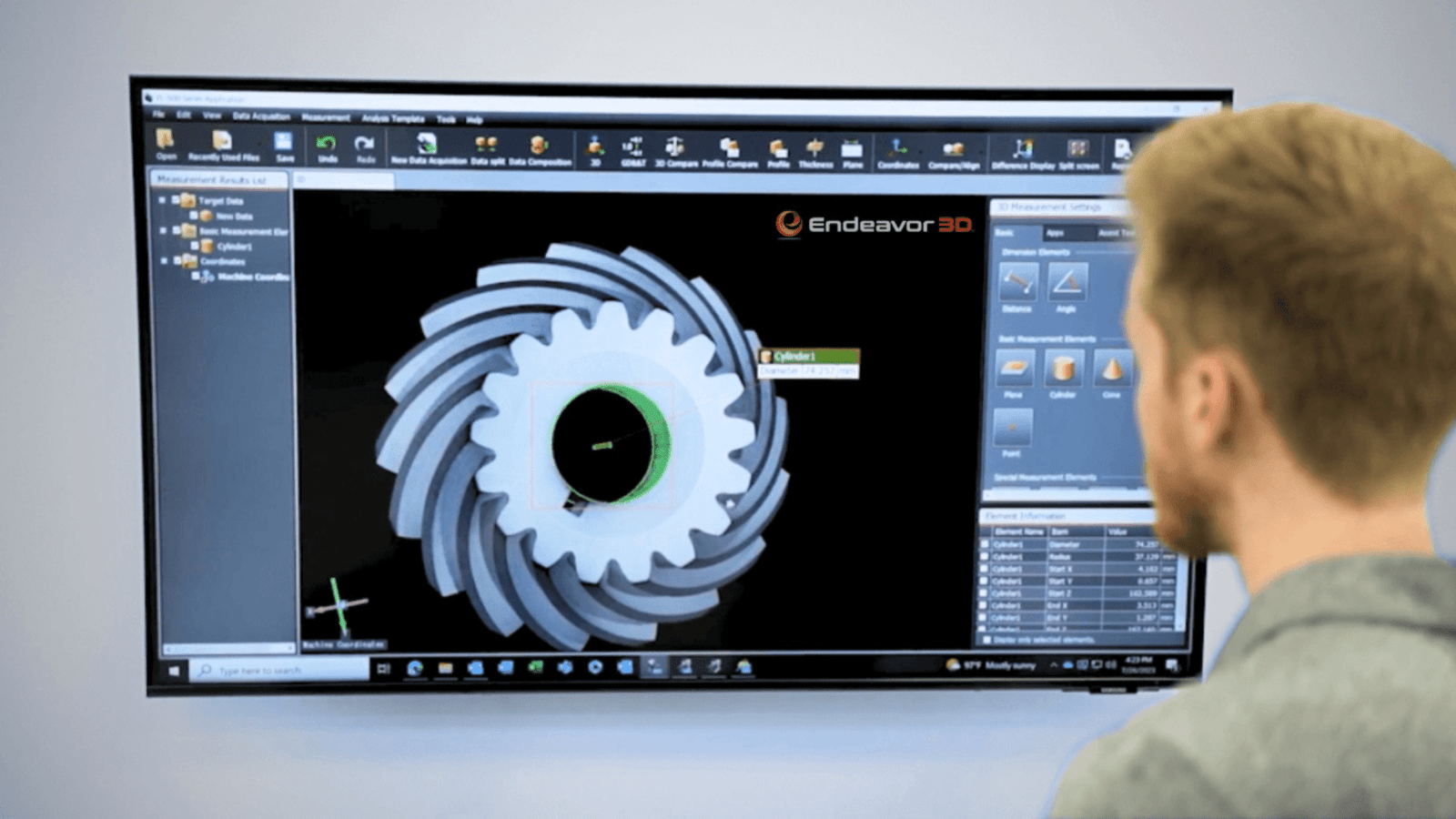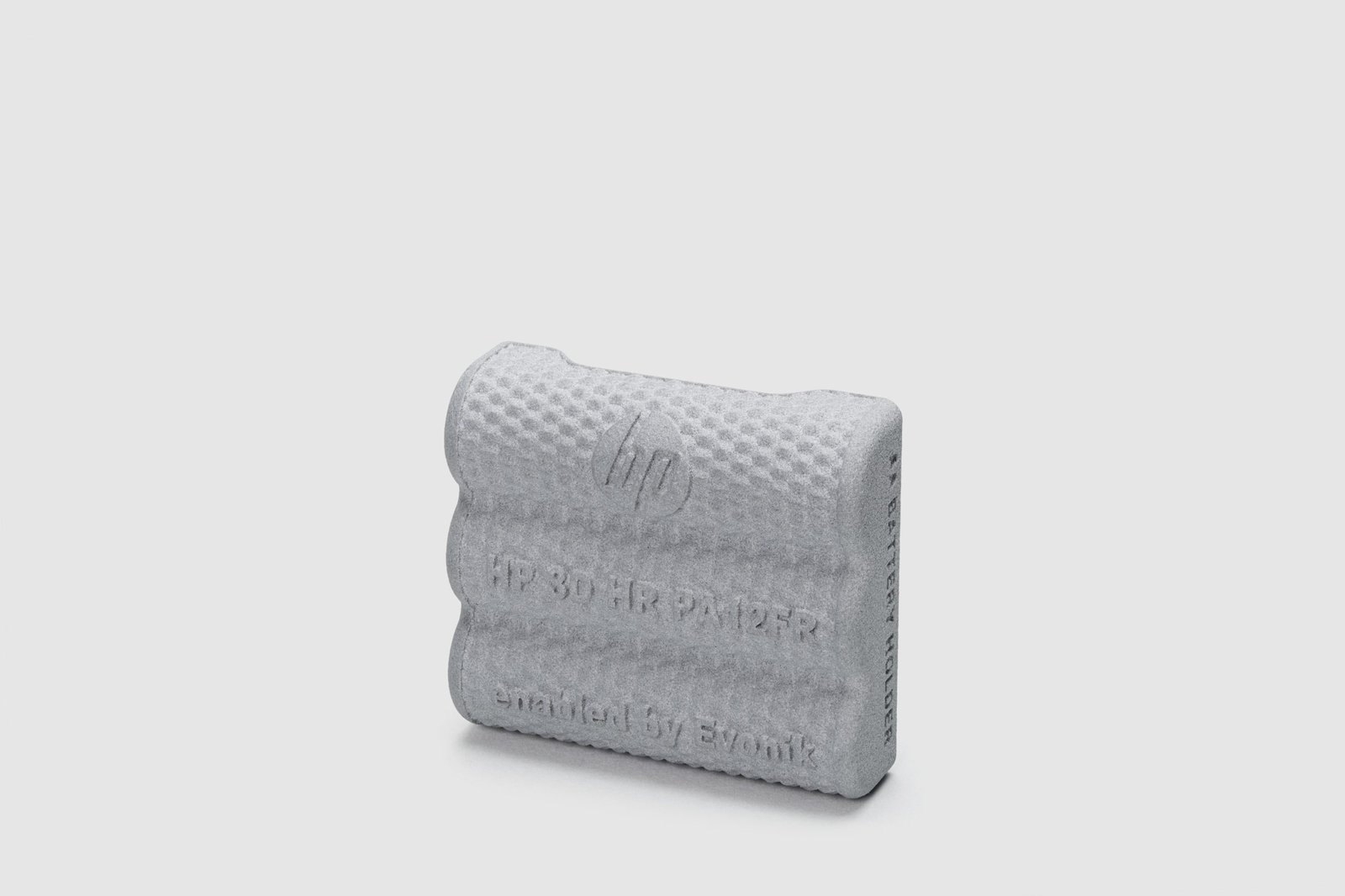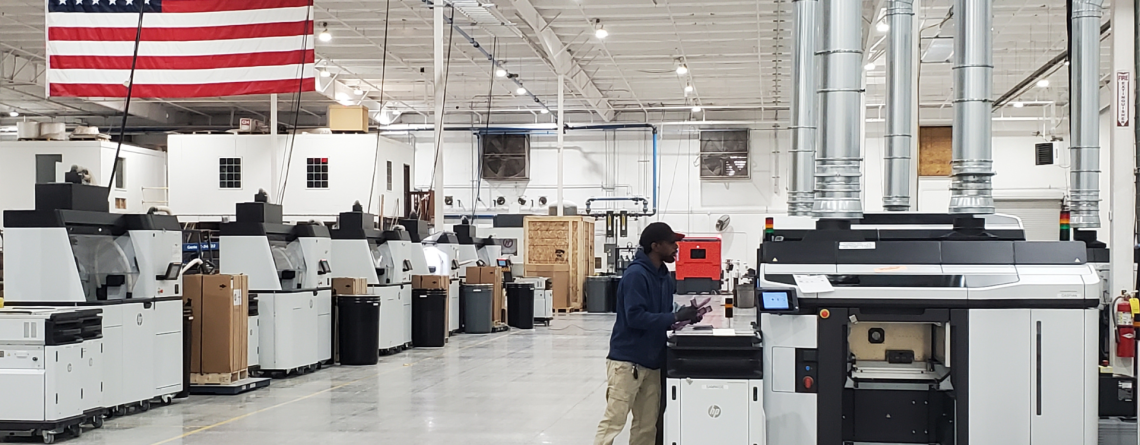In recent years, reshoring—the process of bringing manufacturing operations back to the original country—has gained significant momentum in the United States. What was once a consideration has now become a primary initiative for both businesses and policymakers. This shift is driven by global supply chain disruptions, evolving trade policies, and economic nationalism. Additionally, geopolitical instability and rising tariffs have further accelerated the need for domestic production.
As companies seek to reduce risk and maintain a competitive edge, additive manufacturing (AM) has emerged as a key enabler of reshoring. AM allows businesses to produce parts closer to the point of demand, reducing logistical risks and increasing production flexibility. Below are three ways additive manufacturing is playing a crucial role in reshoring efforts.
1. Supply Chain Risk Management
One of the primary drivers for reshoring is the urgent need to mitigate supply chain vulnerabilities. Recent disruptions, from global pandemics to port congestion, have exposed the fragility of traditional overseas manufacturing models. Additive manufacturing (AM) offers a unique approach to on-demand, localized production, helping reduce these risks.
While conventional machine shops can also provide on-demand manufacturing, AM distinguishes itself by eliminating the critical dependency on physical tooling. Traditional processes require the design, fabrication, and often international shipment of specialized tooling, such as molds and dies, which introduces significant delays and costs. AM, in contrast, utilizes digital files for direct part production, bypassing these time-consuming and geographically complex steps. This agility is crucial for businesses aiming to rapidly adapt to market changes and reduce reliance on lengthy, vulnerable supply chains.
Furthermore, AM facilitates the creation and utilization of digital part libraries. These libraries, stored and accessed domestically or internationally through contract manufacturers like Endeavor 3D, enable on-demand production at any location with compatible AM capabilities. This digital approach not only reduces physical inventory and warehousing costs but also allows for rapid part iteration and design modifications. In essence, AM transforms physical supply chains into digital ones, offering a resilient and responsive manufacturing model that is less susceptible to geopolitical instability, tariff fluctuations, and transportation delays. By leveraging these digital libraries and on-demand production capabilities, companies can establish decentralized production hubs, ensuring business continuity and enhancing their competitive edge in a rapidly evolving global market.
2. Bridging Long-Term Adoption
Reshoring is often seen as a daunting task for many businesses, with multiple considerations needing to be made before undergoing the transition. However, for many companies, utilizing additive manufacturing to support their reshoring initiatives does not mean immediately setting up a full-scale, in-house production facility. Instead, businesses are increasingly turning to contract manufacturers, like Endeavor 3D, as a bridge to adoption. This approach provides multiple benefits including:
1. Lower Capital Investments:
Setting up a traditional factory or investing in AM technology can require significant capital expenditure. Working with a contract manufacturer allows you to focus on achieving your company’s goals without the massive upfront cost.
In highly competitive industries, like consumer goods, speed is paramount. AM enables rapid design iterations and accelerated production cycles, allowing companies to quickly bring products to market. This agility is a crucial differentiator, particularly when responding to evolving consumer demands. Companies can now focus on testing and refining highly customizable products before moving to full-scale production.
Many businesses start working with contract additive manufacturers in the concept development and prototyping stage. During these stages, companies can make multiple quick design modifications and test the product before shifting to full-scale production, avoiding the risk of overcommitting to large, expensive manufacturing operations. For contract manufacturers with industrial 3D printing capabilities, like Endeavor 3D, companies can transition into small-to-large volume production runs and scale as needed.
3. Alleviate Reshoring Costs
As companies accelerate reshoring efforts in response to tariff increases and government incentives, the concern of soaring costs has made many weary of making the transition back to US manufacturing. Leveraging additive manufacturing (AM) during the transition can help alleviate some of the reshoring costs associated with labor, energy, and inventory.
1. Reduced Labor Costs with Automated Production:
AM streamlines production through automation and digital workflows, reducing reliance on manual labor for tasks like assembly, tooling, and post-processing. Unlike traditional reshoring efforts, like injection molding, that often require large investments in skilled labor, AM enables lights-out manufacturing, where machines operate with minimal human intervention. This shift helps companies offset higher domestic labor costs, making reshoring financially viable without sacrificing output quality.
One of the major cost challenges in reshoring is inventory storage and management. Traditional manufacturing relies on large-scale production batches, requiring extensive warehouse space and capital tied up in stock. AM eliminates the need for excessive inventory by enabling on-demand production, allowing businesses to manufacture parts as needed rather than stockpiling them. Furthermore, AM utilizes digital files, not molds, tooling, or casts.
3. Lower Energy Costs with Efficient Material Use:
Traditional manufacturing methods, such as machining and casting, often result in significant material waste and require energy-intensive production processes. In contrast, AM employs a layer-by-layer fabrication approach, using only the material needed for each part. With high material reusability rates—such as the 60% reusability of
Nylon PA 12 FR—AM dramatically reduces material waste, leading to lower energy consumption per part produced. Additionally, localized 3D printing minimizes energy expenditures on transportation and logistics by eliminating the need to ship parts across long distances.
PA 12 FR battery housing. Image Source: HP
PA 12 FR housing. Image Source: HP
As reshoring gains momentum in the U.S., additive manufacturing is proving to be a critical enabler—reducing supply chain risks, lowering upfront investments, and alleviating reshoring costs. By shifting to on-demand, localized production, companies can enhance flexibility while minimizing reliance on volatile global supply chains. Whether through contract manufacturing partnerships or in-house AM adoption, businesses can scale efficiently without the burden of excessive labor, energy, and inventory costs.
Ready to integrate AM into your reshoring strategy? Connect with Endeavor 3D today to explore how our advanced Multi Jet Fusion and Metal Jet capabilities can support your transition back to U.S. manufacturing.





